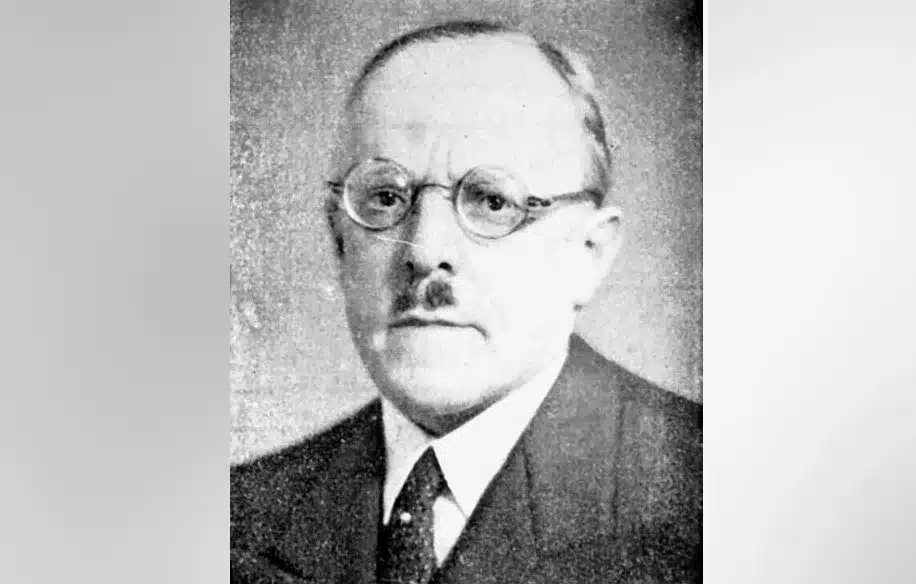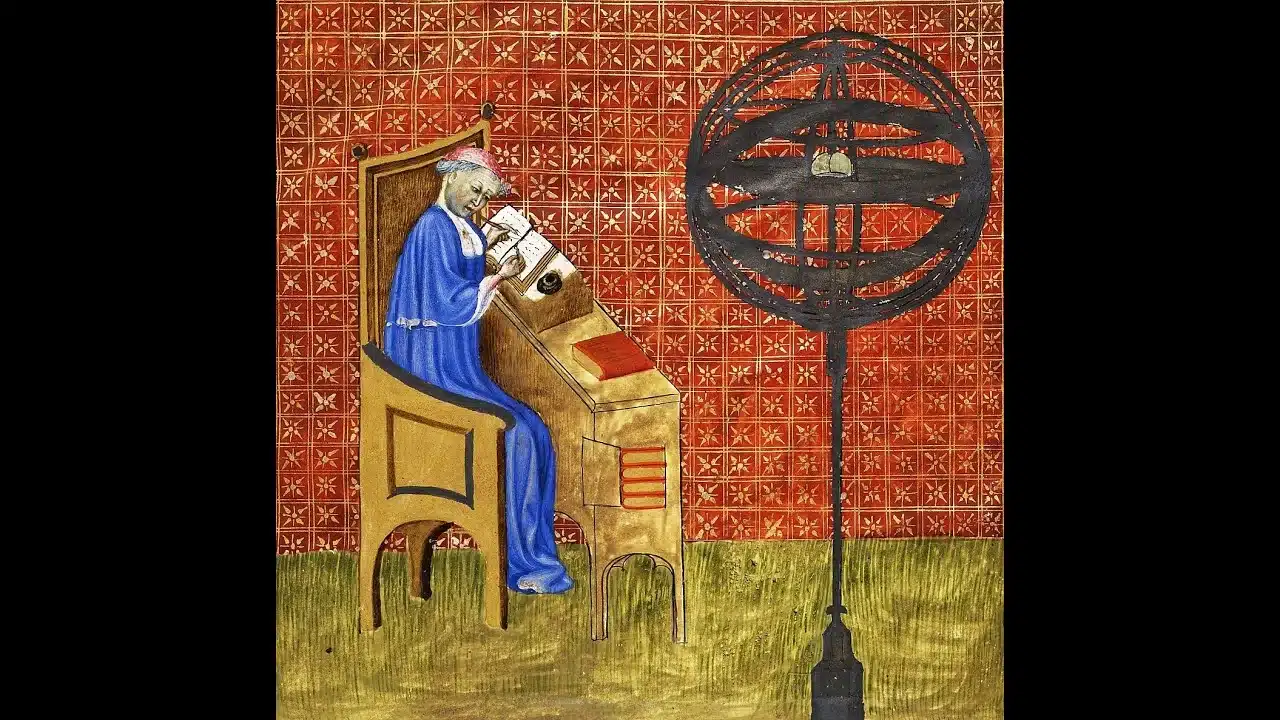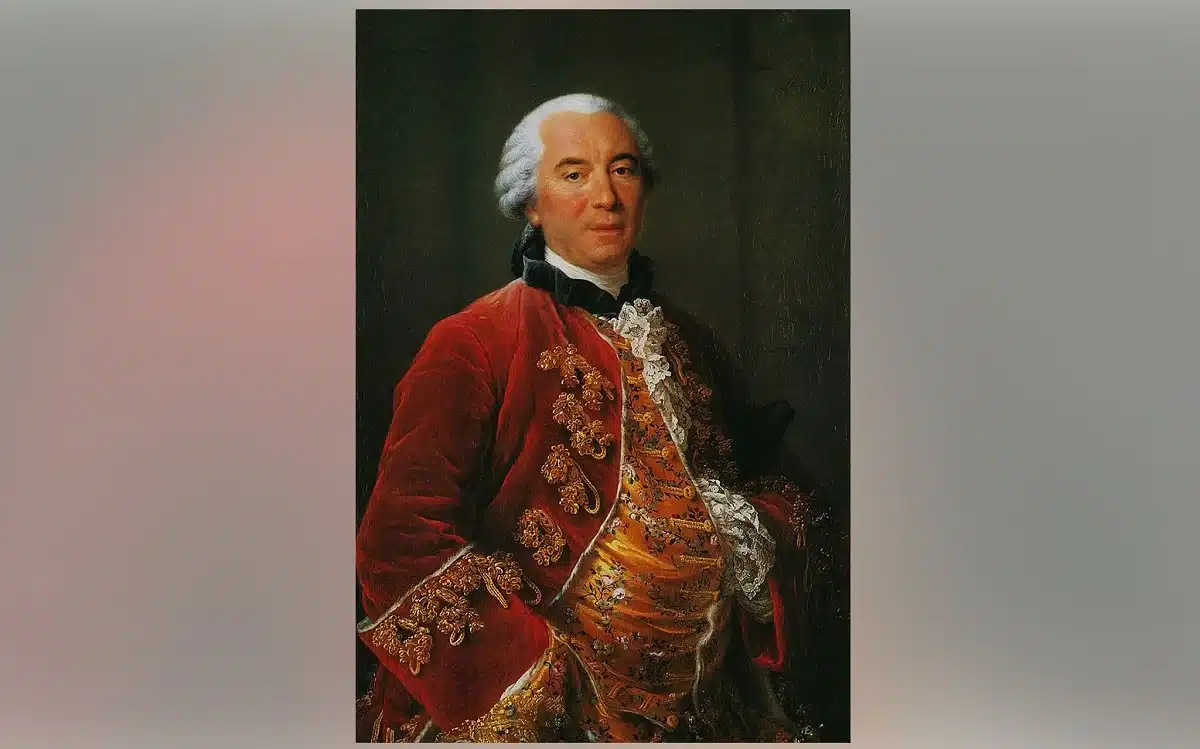Nicolas Steno was a Danish scientist who lived in the 17th century and is considered one of the founders of modern geology. He made significant contributions in various fields, from anatomy to geology, but he is particularly known for his work in stratigraphy. Here is a detailed examination of Nicolas Steno’s life, scientific contributions, and legacy:
Nicolas Steno: The Father of Geology
Life
Nicolas Steno, born in 1638 in Copenhagen, initially pursued an education in medicine and made significant contributions to anatomy before shifting his focus to geology. His observations and studies during his travels across Europe laid the groundwork for his geological theories.
Scientific Contributions
- Anatomy: Steno made groundbreaking discoveries in anatomy, including the duct of the parotid salivary gland (Stensen’s duct) and challenging prevailing misconceptions about the heart.
- Stratigraphy: Steno’s most notable geological work involved the formulation of foundational principles of stratigraphy:
- Law of Superposition: This principle states that in any undisturbed sequence of rock layers, each layer is older than the one above it and younger than the one below it.
- Principle of Original Horizontality: Steno posited that layers of sediment are originally deposited horizontally under the action of gravity.
- Principle of Lateral Continuity: He theorized that layers of sediment initially extend laterally in all directions; in other words, they are laterally continuous.
- Paleontology: Steno also contributed to the field of paleontology by studying fossils and recognizing their organic origin. He suggested that fossils were the remains of ancient living organisms and used them to interpret Earth’s history.
Legacy
Nicolas Steno’s work laid the foundation for the development of modern geology and stratigraphy. His principles of stratigraphy are still fundamental to the field and are applied by geologists worldwide. Steno’s interdisciplinary approach, merging anatomy with geology, showcased the interconnectedness of different scientific disciplines.
His contributions extended beyond the scientific community; Steno eventually became a bishop and integrated his religious beliefs with his scientific pursuits. He was beatified by the Catholic Church in 1988.
In conclusion, Nicolas Steno’s life and work have had a lasting impact on the fields of geology, paleontology, and beyond. His dedication to understanding the natural world and his pioneering principles of stratigraphy have cemented his place as one of the key figures in the history of geosciences.





